Train Smarter
5 Rehab-Based Strategies to Stay Injury-Free
In CrossFit, we thrive on pushing our limits. But staying injury-free isn't about avoiding intensity — it's about moving better, preparing smarter, and paying attention to the early signs your body gives you. Most injuries don’t happen during the heavy lifts or fast metcons — they happen because of poor movement patterns, skipped prep work, or ignoring minor issues until they become major problems.
If you want longevity in CrossFit (and in life), you need a rehab-informed approach to training. Here are five proven strategies to keep you strong, mobile, and thriving for the long haul:
1. Understand Mobility vs. Flexibility (and Why You Need Both)
Mobility and flexibility are often used interchangeably, but they’re not the same.
Flexibility is the ability of a muscle to stretch.
Mobility is the ability to move a joint actively through its full range of motion.
You can be flexible without being mobile — and in CrossFit, mobility matters most. It's not just about touching your toes; it's about owning strong, stable positions under load. To improve both, incorporate dynamic warm-ups, joint-specific drills, and end-range strengthening into your routine.
Pro tip: Focus on controlled mobility work for problem areas like ankles, hips, thoracic spine, and shoulders.
2. Prioritize Prehab, Not Just Rehab
Don’t wait until you're injured to start doing corrective exercises. Prehab (preventative rehab) routines can dramatically lower your risk of injuries by strengthening vulnerable areas before they break down.
A good prehab routine should:
Strengthen stabilizer muscles (rotator cuff, core, hips)
Address asymmetries and movement dysfunctions
Prepare tissues for upcoming demands
Example: Before heavy cleans, activate your scapular muscles and hips with targeted band work and mobility drills.
Even just 10 minutes a day can pay huge dividends over time.
3. Build Movement Literacy
Movement is a skill, just like double-unders or muscle-ups. The more body awareness (a.k.a. movement literacy) you have, the better you’ll perform — and the less likely you’ll get injured.
Movement literacy includes:
Understanding proper mechanics for different lifts
Recognizing what good (and bad) movement feels like
Being able to self-correct during a workout
Working with a coach who focuses on quality reps over quantity — and filming your movements for review — are simple ways to start leveling up your literacy.
4. Master Load Management
Injuries often happen not because you're lifting too heavy in one session, but because you add too much stress too fast over time. This is where load management comes in.
Good load management means:
Gradually increasing volume, intensity, and complexity
Honoring deload weeks and recovery days
Tracking your total training load (not just PRs)
Rule of thumb: Avoid increasing your total weekly training volume by more than 10-15% at a time.
Remember, the goal isn’t just to crush today's workout — it’s to stay strong and resilient for years to come.
5. Listen to Pain: Yellow Flags vs. Red Flags
Pain is information — but not all pain is the same. Knowing when to push through and when to back off is key.
Yellow flags are warning signs (e.g., tightness, mild discomfort, stiffness) that mean you might need extra warm-up, recovery, or technique adjustment.
Red flags are danger signs (e.g., sharp pain, instability, numbness) that mean you should stop immediately and seek professional advice.
If in doubt, check it out. Early intervention is far easier (and faster) than rehabbing a full-blown injury.
Final Thoughts
Training smarter doesn’t mean training softer. It means putting yourself in the best position to train hard — safely, consistently, and with minimal downtime.
Incorporate these rehab-based strategies into your CrossFit routine and watch your performance (and longevity) skyrocket.
Stay strong. Stay smart. Stay in the game. 💥
Lance Miles
Lance is the Owner of Redefined Fitness and a Realtor at Creek Realty in Spring, Texas. He has been a successful entrepreneur and athlete for over a decade and is father to an amazing daughter and happily married to his wonderful wife Stephanie.

